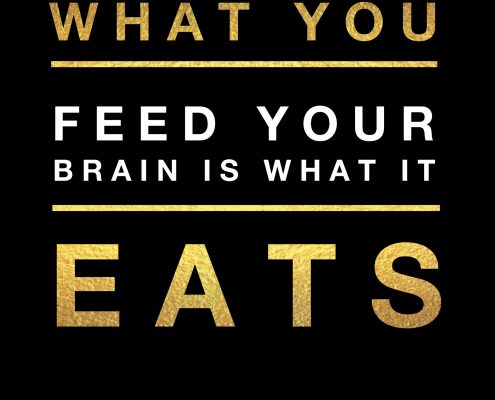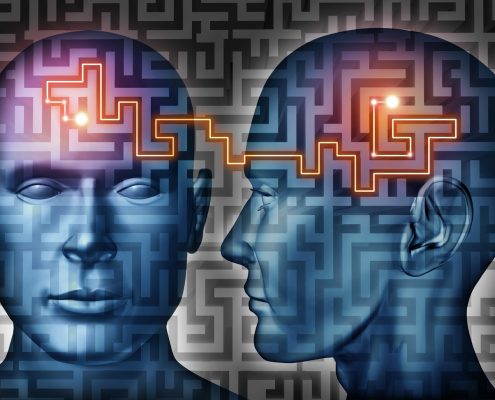Change Your Perspective, Change Your Life
Welcome to SMASH THAT LENS.
This concept is brought to you by Balanced Body Center
This website is your go-to for health, wellness, and education galore. Helping you understand your body, mind, and soul.
Why Balanced Body Center?
Musculoskeletal injuries are by far the most common pathology(condition) that massage therapists encounter. Musculoskeletal pain is usually caused by the wear and tear of daily activities. There are lots of approaches, techniques, and styles of bodywork. Few of them break down the injury process in the human body. At Balanced Body Center a proper assessment can make all the difference in providing the correct course of action for old injuries, inflammation, and pain management.
Injury Response
When an injury occurs muscles tend to get stuck in irregular holding patterns. This can cause improper healing and can throw off the entire structural integrity of a persons body, leading to muscle compensation and poor posture habits. When injured it is natural for the body to guard the painful area. Muscles tend to contract thereby preventing further injury by immobilizing the affected area. This vicious cycle is a result of a reflex reaction to tissue damage;
Pain sensory signals are transferred to motor neurons in the spinal cord are associated with muscle cells in the injured area. This reflex reaction from the spinal cord stimulates muscle tissues. The contracted muscle tissue now becomes ischemic, which reduces blood flow through the capillaries in the constricted area. This restriction and the lack of oxygenated blood getting into the muscle tissues can be very painful and again this can happen not only to the injury but also the surrounding muscle tissues.
Injury or Overuse?
Musculoskeletal injuries can occur anywhere at anytime, but the most common place of occurrence is the workplace. The reason is that people spend on average 8 or more hours a day, 5-7 days a week performing unidirectional(one-way) movement patterns, resulting in an imbalance in the musculoskeletal system that results in the overuse and under-use of certain muscle groups. If left unchecked, these injuries can be chronic resulting in pain and dysfunction that can last for years. Usually when one muscle group is overused the opposing muscle group, acting as a stabilizer becomes under-used. When this imbalance is established the body does not function as designed. Instead of muscles working together to perform a specific function they work against each other, causing the body to exert more energy to perform the same task.
Underdeveloped muscles are weak due to lack of direct stimulation. Weak muscles are usually too long, unless they are in a state of spasm or hypertonicity which occurs as a protective response in order to keep from being overstretched. Chronically tight, restricted muscles do not function very well and impinge the structures around and beneath them such as nerves and blood vessels causing repetitive strain injuries and disorders like carpal tunnel syndrome, thoracic outlet syndrome, cubital tunnel syndrome, etc. When muscles become shortened they tighten up and lose their strength. The short muscles often hold bones out of alignment which causes a joint imbalance often resulting in severe pain and dysfunction.
Muscle imbalances are the cause of most biomechanical disorders in the human body. An existing muscle imbalance is at the root cause of the disorder in 90% of cases. Too many modalities focus on the “band-aid” or “quick fix” principle allowing the muscle imbalance to continue for years with some relief here and there. Weak underdeveloped muscles cannot act as efficient stabilizers when the opposing muscle(s) are called into action which causes a joint imbalance to develop as weak muscles cannot stabilize bones in their proper position or alignment. Whether a muscle is short and tight or long and weak the strength and length imbalance of the effected muscle(s) must be corrected for the muscle/ joints involved to function optimally without pain, dysfunction, and reduced mobility.
Overused, under-developed, and weak muscles are also commonly responsible for many of the muscle cramps and spasms people experience. Muscle cramps are short-term temporary muscle dysfunctions. Muscle spasms are sustained tension and often a result of chronic low-grade strains and/or functional adaptations leading to connective tissue restrictions. Combination of muscle spasms/connective tissue restriction creates local ischemia with tissue hypoxia and stimulation of pain receptors.
What is inflammation?
All of us have had injuries and infections over our lifetime. The inflammatory response process to soft tissue occurs in response to physical injury(Trauma/Chemical burn/hypothermia) invasion with pathogens/splinters/shrapnel, hormonal changes or autoimmune activities. If caused by a pathogen, the inflammation is called an infection. Infection is not synonymous with inflammation. Inflammation involves both cellular and vascular responses that are initiated by chemical mediators. Inflammation occurs by a combination of overlapping responses from blood vessels, nerve endings, mobile and stationary cells, and wide variety of chemicals from nearby cells and plasma. Damaged capillaries leak chemicals that reinforce the acute inflammation response. Histamine, serotonin, and prostaglandins all support local vasodialation( along with osmosis to draw fluid from capillaries) and increased membrane permeability. When there is musculoskeletal injuries there is also damage to the surrounding delicate blood capillaries. Blood and fluid leaking out of damaged cappilaries, cells, and tissues in the injured area create the intitial swelling. the more extensive the damage the more severe the swelling. Surrounding the damaged blood capilarries are lymphatic capilaries which act as the bodys drainage system. Untreated edema puts pressure on these lymph vessels, shutting down their ability to drain that area.
Purpose of inflammation
- to protect the body from pathogenic invasion
- to limit the range of contamination
- to prepare damaged tissue for healing
Outcomes of inflammation
- complete resolution without significant tissue changes
- accumulation of scar tissue
- formation of cysts or abscesses
- chronic inflammation
Next damaged endothelial cells and mast cells release chemicals that :
- increase blood vessel wall permeability
- reinforce capillary dilation
- attract platelets
- slow blood flow from area which limits risk of deeper penetration of pathogens.



